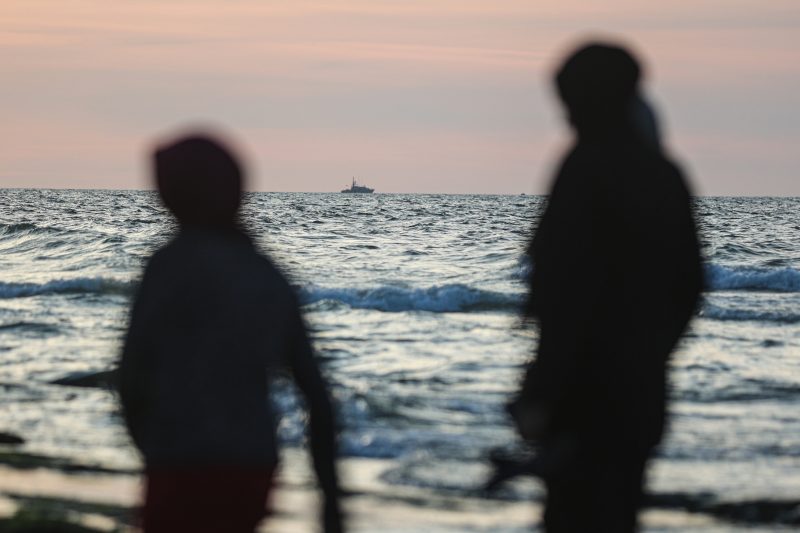The ongoing conflict in Gaza has brought significant challenges to the region, exacerbated by the looming threat of famine. As the situation continues to deteriorate, the United States has intensified efforts to finalize plans for a new pier in Gaza. This initiative comes as a crucial step towards providing essential aid and support to the region, aiming to alleviate the growing humanitarian crisis. However, the process of finalizing these plans has been met with various challenges and complexities.
One of the primary obstacles in the way of finalizing the Gaza pier plans is the volatile and unpredictable nature of the conflict in the region. The ongoing clashes between different factions have made it difficult to ensure the safety and security of the construction sites and workers involved in the project. This creates a significant barrier to progress and delays the implementation of the much-needed infrastructure.
Furthermore, the economic and logistical challenges associated with building a pier in Gaza cannot be overlooked. The region’s limited resources, coupled with the existing damage to infrastructure caused by the conflict, make it challenging to establish a functioning and sustainable pier. The need for extensive planning, coordination, and investment adds to the complexity of the project, requiring a concerted effort from all parties involved.
Moreover, the political dynamics in the region also play a significant role in the delay of finalizing the Gaza pier plans. The conflicting interests and agendas of various stakeholders complicate the decision-making process and hinder progress towards a consensus on the project. Negotiating and navigating these complex political landscapes require strategic diplomacy and a delicate balance of interests to move the project forward.
Despite these challenges, the urgency of addressing the imminent famine in Gaza underscores the critical importance of finalizing the pier plans. The dire humanitarian situation calls for swift and decisive action to provide essential aid and relief to the vulnerable population in the region. The completion of the pier would facilitate the delivery of vital supplies, food, and medical assistance, thereby mitigating the effects of the looming famine and saving countless lives.
In conclusion, while the process of finalizing the Gaza pier plans is fraught with challenges, the urgency of the humanitarian crisis demands immediate action. By overcoming the obstacles and complexities associated with the project, the United States and other stakeholders can make a meaningful and lasting impact on the lives of those affected by the conflict and famine in Gaza. It is imperative that all parties involved work together towards a common goal of alleviating the suffering and building a more sustainable future for the region.


























